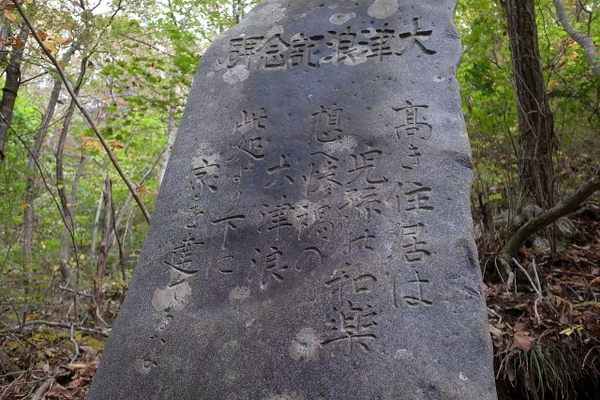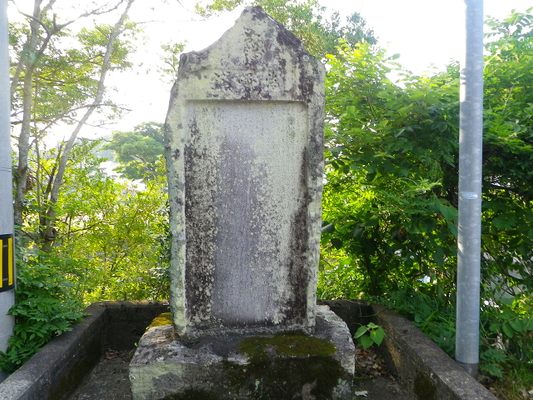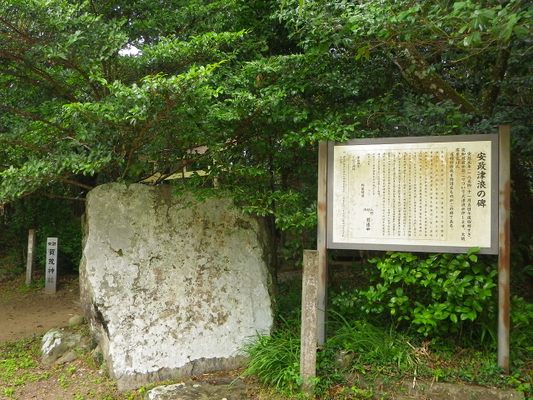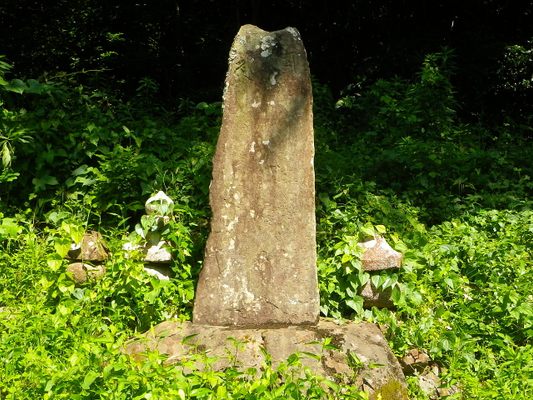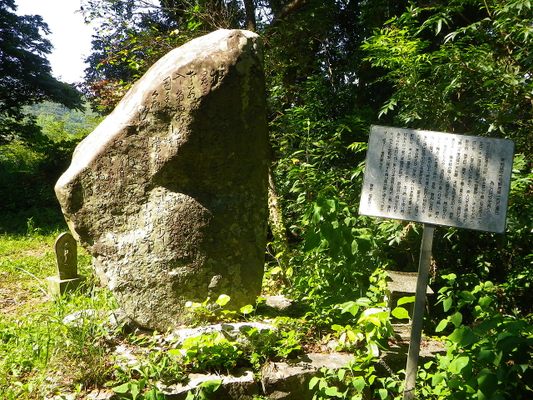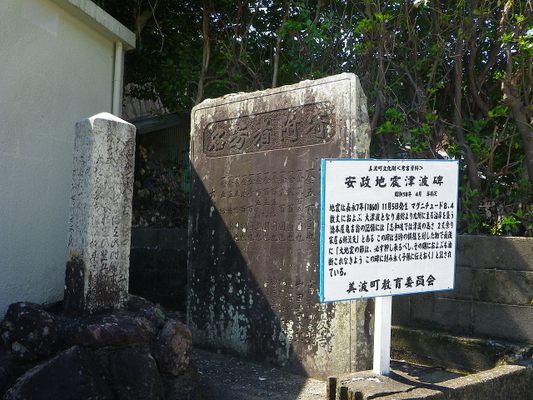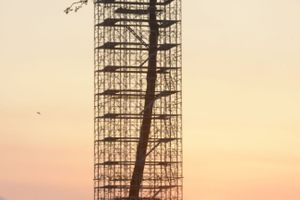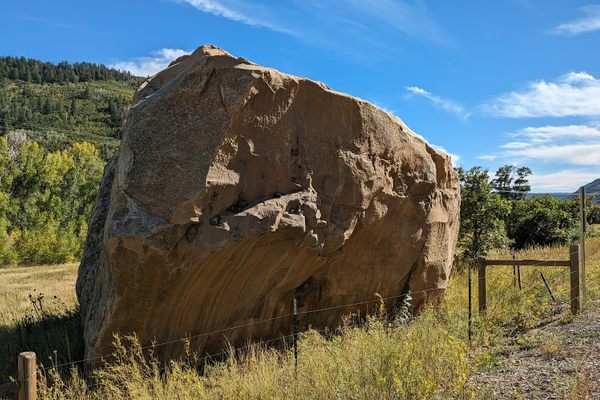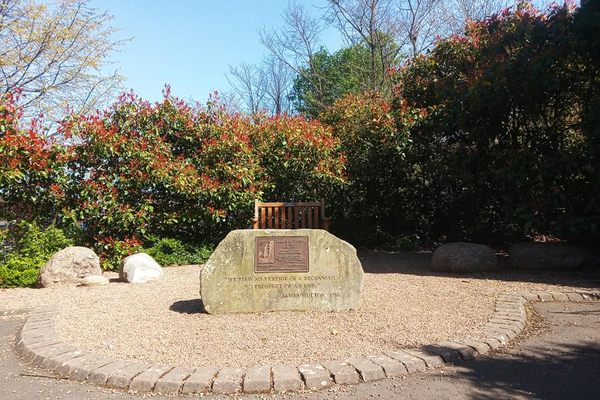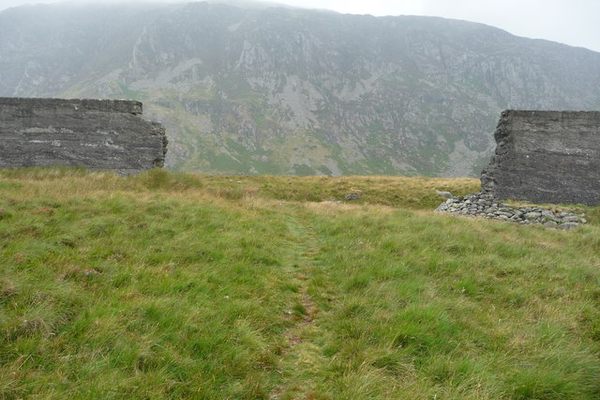About
Hundreds of tsunami stones stand along the coast of Japan, stark warnings and reminders of the devastating impact of the country’s all too frequent tidal waves. The oldest were erected more than 600 years ago; some have been washed away by ever more powerful waves.
Japan has borne the brunt of some of the worst tsunamis in history. In 1707, a tsunami caused by the Hōei earthquake killed more than 5,000 people. The Great Yaeyama Tsunami of 1771 killed 8,439 people on Ishigaki Island and 2,548 more on Miyako. In 1896, the Sanriku earthquake sent two tsunamis crashing into coastal settlements, destroying some 9,000 homes and killing at least 22,000. More recently, the Tōhoku earthquake and tsunami of 2011 left 15,894 dead, 6,156 injured, and 2,546 missing.
Despite this tragic history, it’s proved all too easy for later generations to forget the warnings of the past. That’s where the tsunami stones come in. Dotted along the coast and ranging in height from 2 feet to 10 feet tall, these flat stones are especially common on Japan’s northeastern shores, often marking the highest point of a tsunami’s reach.
Each stone bears an inscription, although some are now too worn to read. Some act as monuments, giving death tolls from past tsunamis or marking mass graves of the victims. Others offer more direct advice. A tsunami stone in Kesennuma, a city in the Miyagi Prefecture, reads: “Always be prepared for unexpected tsunamis. Choose life over your possessions and valuables.”
One particularly well-documented tsunami stone stands in the village of Aneyoshi on Japan’s northeastern coast. Aneyoshi had endured two devastating tsunamis, one in 1896 and another in 1933. The stone was placed shortly after the 1933 tsunami, a four-foot-high marker located just above the tsunami’s highest reach. It reads: "High dwellings are the peace and harmony of our descendants. Remember the calamity of the great tsunamis. Do not build any homes below this point."
When the stone was placed, the remaining residents of Aneyoshi—there were only four—moved uphill for good. Heeding the advice of the tsunami stone, they moved above the reach of the last tsunami, which undoubtedly saved them from being devastated once again in the tsunamis of 1960 and 2011.
Related Tags
Hidden Japan: Sado Island, Nara & Kyoto
Explore a different side of Japan.
Book NowPublished
March 9, 2018
Sources
- https://www.smithsonianmag.com/smart-news/century-old-warnings-against-tsunamis-dot-japans-coastline-180956448/
- http://www.nytimes.com/2011/04/21/world/asia/21stones.html
- https://www.cbsnews.com/news/ancient-stone-markers-warned-of-tsunamis/
- https://99percentinvisible.org/article/tsunami-stones-ancient-japanese-markers-warn-builders-high-water/
